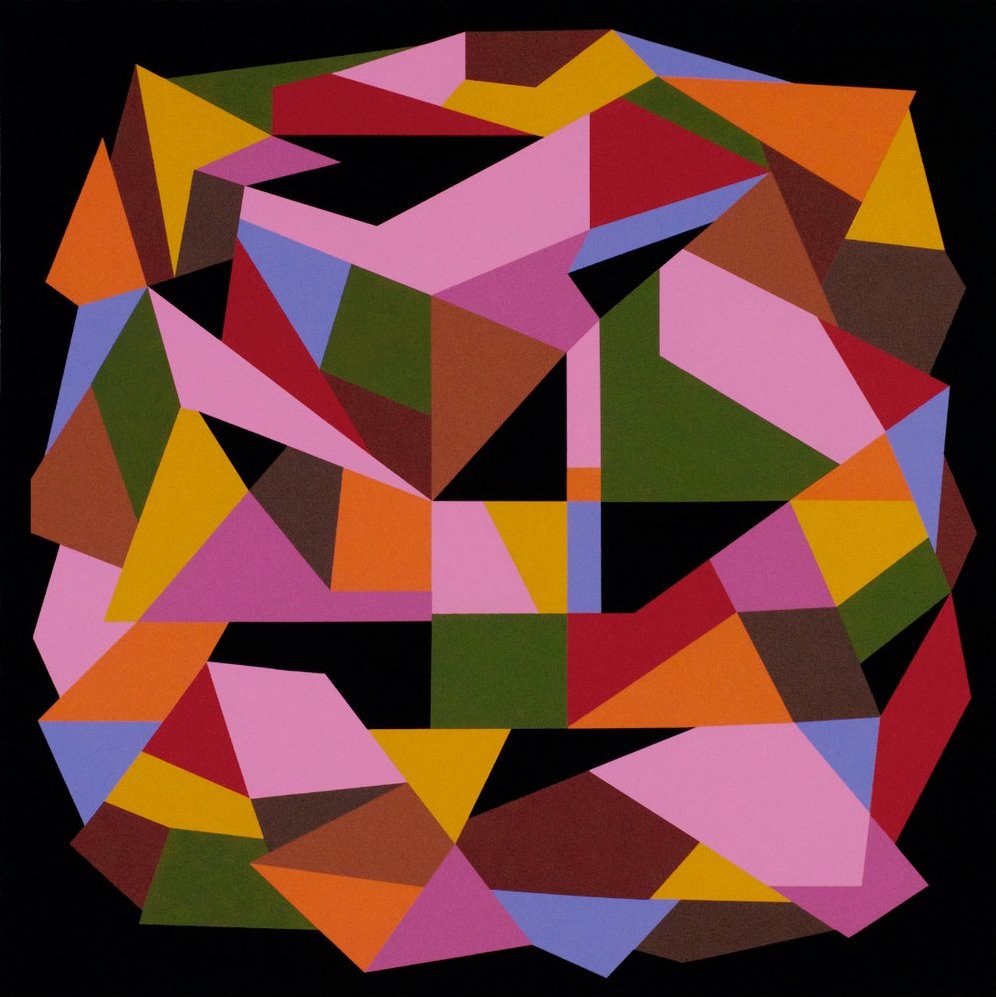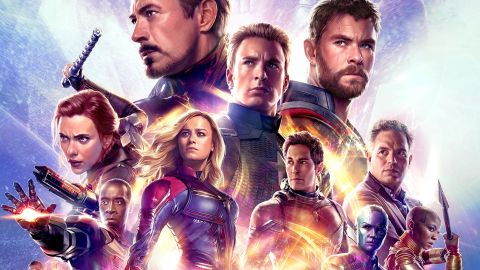Hues and the Abstract Truths
4 min read
Let’s retain that metaphysical entreaty in our brain’s back pocket for a moment. App, Boothe, Karabenick, Krebs, and Richardson are around contemporaries, by which I indicate their CVs show their professional life beginning in the 1970s. I place that out basically to put a context to what we’re witnessing in this modest but strong exhibition. When I think of 1970s American artwork, what springs to brain are today’s mainstays of the “contemporary art” portion in museums, these buzzwordy grandchildren of abstract expressionism’s 1950s industry explosion: the continued rise of 1960s activity these kinds of as conceptual art, minimalism, pop, and general performance/set up, but also land art, feminist art and its comments loop with feminist activism and scholarship, the uncanny valley of hyperrealist painting, the mild and area motion, graffiti, and the massive explosion of images and online video artwork.
Abstraction is not usually what I associate with that era, especially when I assume about the 1980s 10 years that followed and the way neo-expressionists salad-tossed abstraction with representational and even figurative modes and contributed to transforming art into the nonetheless-percolating global bull market place that it stays. Abstraction as a painterly pursuit was so anathema that an essay in the September 1985 issue of Artforum goes so much as to open:
“Does it make sense to produce summary artwork currently? Many prominent summary artists have them selves spoken of the ubiquitous bankruptcy of the mode. Most summary artwork has now turn into both company or educational style, and consequently always emptied of complicated this means. It is normally only an arch breaking of the Modernist procedures which fails to basically adjust what a extensive time back grew to become a formalist match.”
… just before launching into a scholarly thing to consider of 20th-century abstraction from its early Russian pioneers these kinds of as Kazimir Malevich and Wassily Kandinsky as a result of Piet Mondrian, talking about abstraction’s evolution involving the wars alongside the development of psychoanalysis and its affect on crucial concept. The essay is a great deal far better rooted in art heritage and scholarship than I am, but the summary it arrives at is just one I do consider was generally shared by normal art crafting and considering throughout the 1980s and well into the 1990s:
“The operates of the nonobjectivists are as considerably unconscious would like-fulfillments as Surrealist works are, but they embody what Ernst Bloch named ‘the principle of hope’ rather than the principle of despair that inspired the Surrealists. Nonobjective functions, at first projecting an image of dynamically integrated selfhood—selfhood acutely aware of its primitive instincts, and balancing them—became a representation of a dynamically integrated modern society. The artists’ social ambitions verified their self regard, gave their art a greater self-esteem than if it experienced merely been about art—or about themselves, their very own egos. But that social estimation of their art was its downfall, because it led them to regard their first ‘experimental’ kinds as customary—socially acceptable, make any difference-of-actuality. This sooner or later built for work as hollow as the representational sorts that these artists had condemned, and manufactured the balance or integration their operate projected similarly repressive of totally free emotion.”
Abstraction—that ostensible response to the traumas and turbulences of the 1900s and 1910s, which progressed into individual (albeit white, male) artists’ transcendent lookup for religious life in the face of an industrialized planet at war in the 1940s—was cold, unfeeling, boorishly intellectual, and sin of sins, corporate and regular. Once more: I’m sharing this excerpt not for argumentative needs, merely to suggest a more substantial context for the general mindset towards abstraction that curator App and most of the artists in Purchase, starting out in the politically and economically grim ’70s, labored amidst.
And, all over again, it’s a decade that I do not constantly associate with abstraction … right up until I choose a instant to believe past the usual suspects and bear in mind Black artists these types of as Al Loving’s and Alma Thomas’ gorgeous 1970s output. Or Sam Gilliam’s collages. Or, a bit afterwards, Ching Ho Cheng’s Torn Paper collection. Or even, somewhat poetically, Lee Krasner, the summary-expressionist and widow of Jackson Pollock, who experienced a late-vocation flowering and turned out oil performs this kind of as “Sundial” and “Mysteries” and prints these kinds of as “Embrace” and “Free Space” that finely honed ab-ex’s scowling and agitated angst into a assured buoyancy.



-quality(70)/cloudfront-us-east-1.images.arcpublishing.com/adn/SPZYIVTQKVBCVLIKOYXM53QQEE.jpg)